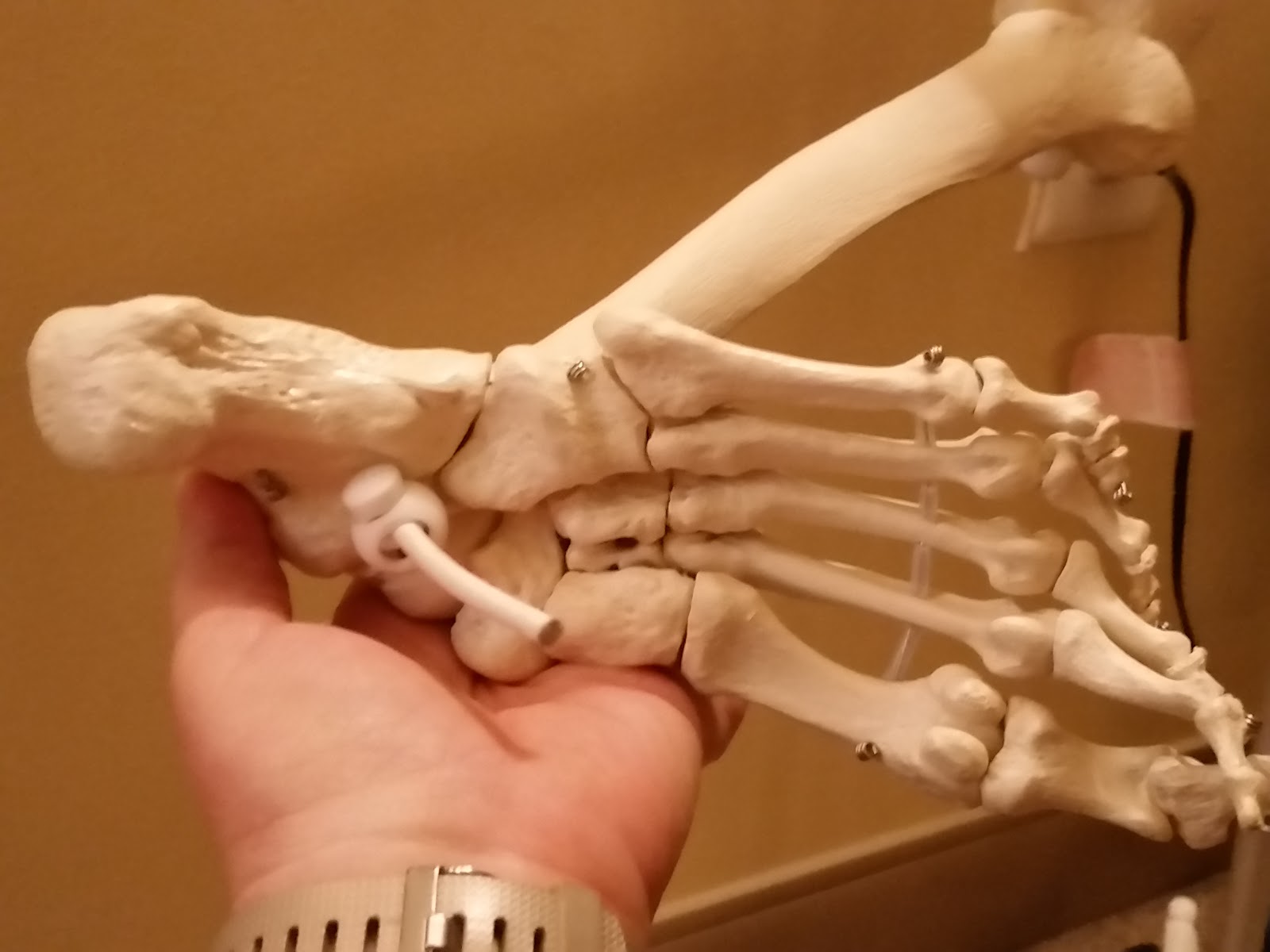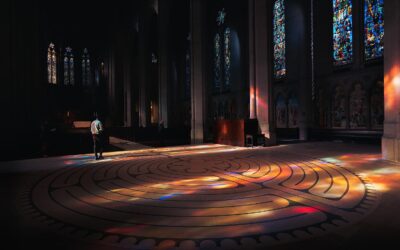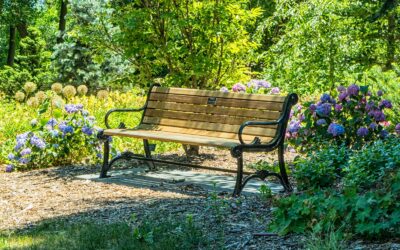Appreciate Your Feet
Feet are so abused these days. Those really great looking shoes that kill the feet, the distances we walk, the constant weight of the rest of the body on the feet all take their toll. The funny thing is, even though they do so much every day most of us don’t pay any attention to the feet until they start to hurt. We are told we have fallen arches, or plantar fasciitis, or bunions but do not really understand what causes it and how we can help alleviate it or prevent it from happening. First this to realize it that each person’s foot is unique but all feet have the same basic structure. There is no one practice fits all but the practices you do can help you discover where you are tight and where you are soft. Some parts of your foot can be working too hard and other parts doing less than their share of the work of supporting the body. Whatever is working too hard can get inflamed and the areas that are not working get soft and lose muscle. If we put pressure on an area that is not designed for it there is a build up of more “padding” in the form of a bunion or bone spur.

So how do we take care of our feet. Even if you have abused your feet and feel they are really a mess the first thing is really pay attention to how they feel. In working in yoga for all these years I have found that so many people are embarrassed by their feet and feel uncomfortable going barefoot. However, the feet are what connects us to our base, the earth and gives us grounding. To truly feel the earth beneath bare feet is a good way to connect with oneself. There is no cushion or barrier. So, maybe for you, the first step is to stand in bare feet. You can start with the floor in your home but over time working to feel the feet in the grass or sand on the beach.
Walking barefoot along the beach in wet sand is a great way to get an idea of how you walk. Without shoes or sandals as a barrier what part of you foot presses down the most, what area do you walk more lightly on or do you walk evenly front to back and side to side. This is information you can use to discover your natural HABITS. Remember, that is what they are, habits. Habits can be changed and adjusted. It is challenging. I find it is easier to follow through with a change in habit when you understand why the change will be helpful and that the adjustment you make is an adjustment that you need to fit YOUR body. These ideas are general guidelines based on anatomy and practice but they are not like a cookbook and are more like a guide. I am often asked how many times a practice needs to be repeated. We have grown up with the idea that other people know more about our bodies than we do. Yoga encourages you to learn what works for you. We will explore these ideas over the next few weeks.
Change of season is a good time to assess how the shoes you are wearing now feel better/worse than the shoes you used last season. Is the support in the right place. Why do you not wear a certain pair of shoes, is it how your foot feels after you wear them. These are all important points to understand. Did your feet feel better or worse when you wore your sandals and your toes were free? I find that each time I change seasons, and even with different shoes in the same season, I need to make some adjustments to how I place my foot when I walk. Leslie Kaminoff is a master yoga teacher who talks about the 3 points on the sole of the foot. Look at the sole of your foot and see that there are 3 points that touch the floor first, the center of the back of the heel and both sides of the ball of your foot (right behind your toes. Now you may walk on the inside edge or outside edge of your foot but when you stand still these 3 points naturally touch the floor. Ideally, you want all those points to get about even weight on them when you are standing and even when you are walking. It there is more weight on one of these points the whole body will adjust when you get all three points evenly pressing on to the floor. Stand up and bring your arms in a cactus position. Notice if anything happens in your feet. You may have found that those 3 points even up a little more. The funny, but really not so surprising, thing it that when your feet are nice and even on the ground your posture improves and when your posture improves your feet even up on the ground.
Bunions, hammertoes, flat feet, all can improve with a better placement of your foot when you stand and when you walk. If you walk, push off or favor either side of your foot your body compensates to make that possible which causes adjustments throughout the body and if areas that are not really designed to support the weight and push off may develop more cushioning (bunions) to protect this area.
One thing Leslie Kamioff had us do in class is walk backward, preferably barefoot, so that all the habits you have developed over time are removed. See how you distribute the weight and what part of the sole of the foot touches in a way that maintains your balance. What do you do differently when you walk forward? Can you reverse the pattern and step forward using the same places on the foot? It will feel funny but notice how you hold your whole body, how your foot feels and maybe some other things. You will experience different things from everyone else and may find an explanation for why your shoes wear on one side more than the other or why some areas of your foot gets more calloused than others.
I never thought about all this in the past but now I notice. I notice when I feel the first tinge of a burning on the sole of my foot and think the first signs of plantar fasciitis flaring. I usually find that I am a little lazy when I am walking and not really using the muscles on the soles of the feet and causing the fascia to do more work than they need to. Certain shoes cause me to do this more than others. I find that I need to roll through the ball of the big mound and push off between the big toe and the next toe. This is where the awareness that you develop in a yoga pose comes into play in daily life. Practicing barefoot and stabilizing your body in standing poses strengthens the muscles of the feet and helps you develop better habits. These are all the things that come into play. Everything I learned in yoga class I have used in my daily life in ways that I was not even aware of. In each yoga class you talk almost all the joints in a range of motion without you thinking about it.
Some things to keep in mind for your feet
- Move your feet whenever you take your shoes off, even make a point of slipping your shoes off and really curl and stretch the toes.
- Be kind to you feet by wearing comfortable shoes with the right amount of support. If you already have injuries you may need stronger support and maybe an orthotic. If you do not have any issues a light support of the arch will make your muscles work harder and build strength to maintain an arch without support. Occasional use of a really great looking shoe without support can be tolerated by a strong foot but keep that to a minimum.
- Be aware of your foot when you walk. Getting your foot balanced in standing and then moving on keeping the weight balanced as you walk will end up keeping your whole body in balance. Poor foot position can lead to knee and hip pain.
I am releasing a foot course this week. The purpose is to increase you appreciation and awareness of all the feet do. In the future I will be adding more courses related to standing and walking as well so stay connected by signing up for updates as the come on my website CarolfinoYoga.com.
Recent blog posts
Discovery
DiscoveryThink of your life as a path of discovery. Even challenging...
One mindful step forward at a time will get you where you are going.
One mindful step forward at a time will get you where you are going. How...
Comfort in times of uncertainty
Comfort in times of uncertainty The current times get me feeling hopeless...


